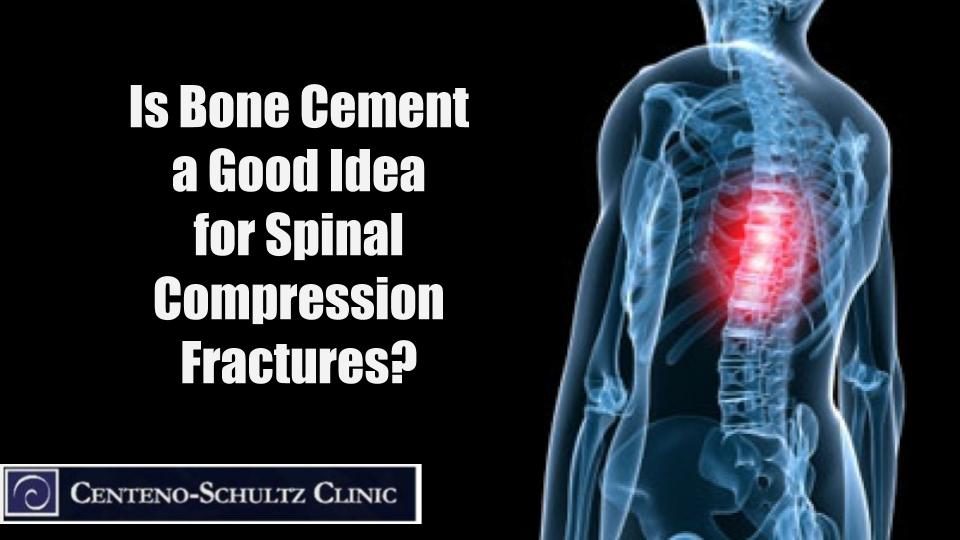Vertebroplasty is a procedure commonly performed for compression fractures in the back. It is most common in women who have passed menopause and are now struggling with osteoporosis. While physicians who perform this procedure swear by its benefits—and certainly there are some amazing stories of patients who lacked mobility now walking again after vertebroplasty to cement their back bones back together—unfortunately, we’ve seen some serious complications from these procedures as well.
So to vertebroplasty or not is the question, and some recent research may give you a reason to rethink the procedure for osteoporotic compression fractures of the back. Before we take a look at the research, let’s define vertebroplasty.
What Is a Vertebroplasty?
The purpose of a verterbroplasty is to stabilize a fractured vertebra, or backbone, and eliminate pain. The procedure first involves percutaneously (through the skin) inserting a needle called a trocar into the backbone that is fractured. Once the needle is properly placed, bone cement is fed through the needle and into the damaged bone, where it spreads into the fractured areas and then hardens.
A more degenerated compression fracture might require more than simply cementing it in place. The vertebra may need to be raised first before the cement can be injected. In this case, a kyphoplasty is performed in which a balloon is first inserted and then inflated to open the vertebral space; this is then followed with the injection of bone cement.
While compression fractures due to osteoporosis is a common diagnosis that results in vertebroplasty, cancer and other conditions or injuries could lead to a compression fracture in the vertebra. Today, however, we are just spotlighting vertebroplasty for compression fractures due to osteoporosis.
Why Osteoporosis Increases the Risk for Backbone Fractures
Osteoporosis is a bone disease that results in weakened, fragile bones due to reduced bone density. Osteoporotic bones can become so weak and porous that the slightest stress on a bone (e.g. a slightly twisted ankle, a minor fall, etc.) can literally cause the bone to fracture. These fractures, including compression fractures in the vertebrae caused by a fall that normal-density bone could withstand, can be quite severe.
Why is osteoporosis so common in women past menopause? Aging plays a part, particularly in older women who’ve been sedentary for many years, and imbalances in hormones that occur as women age is also known to be an instigator of osteoporosis. And vertebroplasty is a common procedure for treating these fractures, so what does the recent research reveal? Let’s take a look.
Vertebroplasty vs. Sham Surgery for Back Fractures Due to Osteoporosis
To determine the effect of vertebroplasty on pain, researchers pitted vertebroplasty against a sham procedure (i.e., a fake procedure) in a double-blind randomized controlled trial (meaning the participants didn’t know if they were in the vertebroplasty group or fake-procedure group and nor did the investigators). All of the participants had compression fractures due to osteoporosis and both groups had comparable pain levels prior to the procedure. Interestingly, both groups experienced significant and similar pain relief measured at both 1 and 12 months after the procedures. Due to these findings, researchers did not support vertebroplasty as an effective treatment for pain from osteoporotic compression fractures in the back.
Ideally, proactively focusing on bone health before there’s a problem is the best option; however you may already have osteoporosis. If you do, read our recent post on what not to do (and what to do) for osteoporosis. In fact, you may already be dealing with a compression fracture in one or more of your backbones due to osteoporosis. While doing nothing certainly seems counterproductive and doesn’t address vertebral stability, the recent study suggests at least one thing: doing nothing seems to relieve the pain just as well as a vertebroplasty, but we’ll have to continue to watch the research on this one.

